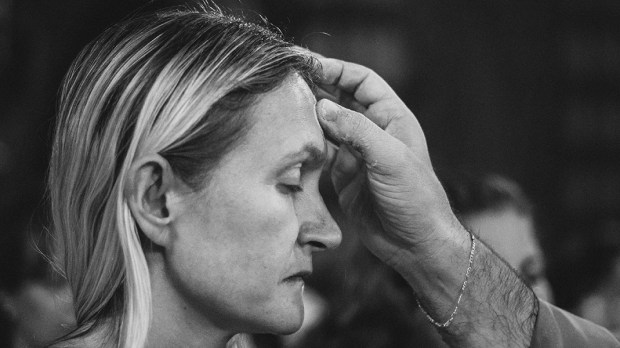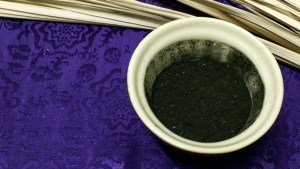On Ash Wednesday, many Catholics around the world receive ashes on their heads as a sign of their penitence and commitment to the Lenten season.
However, the manner in which they receive those ashes varies by region and local custom.
Fr. Edward McNamara explained in an article for Zenit, “In most English-speaking countries the prevailing custom seems to be that the priest places enough holy water into the ashes to form a kind of paste. The ashes are then daubed in the form of a cross on the forehead.“
Many will not wash off this cross and will use it as an evangelization tool when they go back to work or school.
In other parts of the world, ashes are sprinkled over the head, as Fr. McNamara explains:
In much of Italy and in some other Romance-language countries, water is not added to the ashes. Rather, dry ashes are imposed by making a sign of the cross above the crown of the head as the ashes fall upon the hair. This mode has the advantage of capturing better the idea of ashes as dust but does not leave a visible sign that can last during the day, except upon those who happen to be bald. There may be other legitimate traditions as well.
What does the Roman Missal say?
The instructions included in the most recent Roman Missal only mention the following ritual.
[The priest] sprinkles the ashes with holy water, without saying anything.
Then the priest places ashes on the head of all those present who come to him, and says to each one:
Repent, and believe in the Gospel.
or:
Remember that you are dust, and to dust you shall return.
This leaves open a variety of interpretations of the exact manner of imposing the ashes and allows local customs that fit within this rubric.


